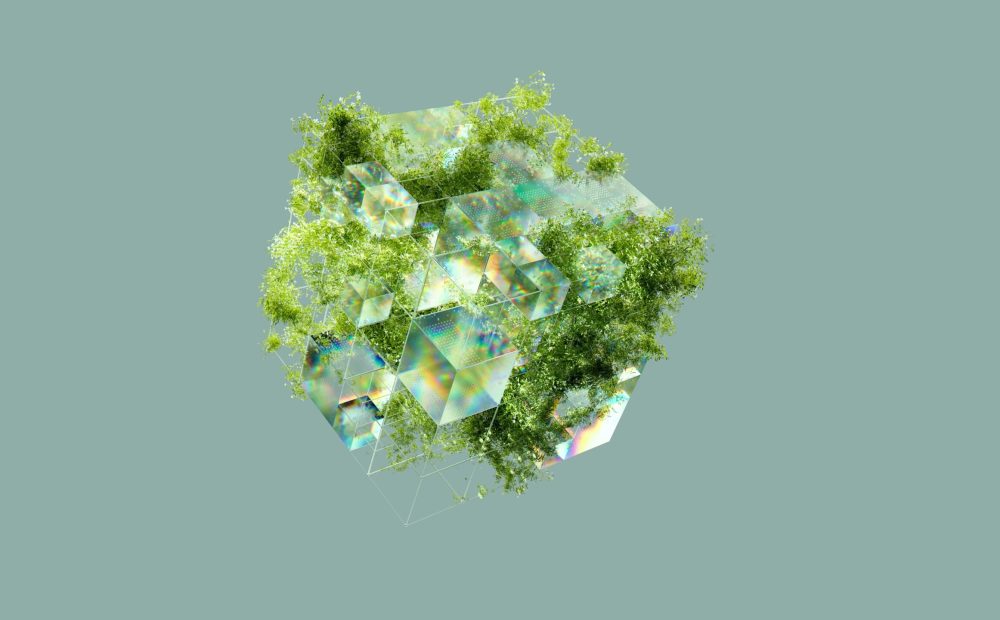
You don’t have to be a futurist to see there are big changes ahead. Over the next 12 months, human-technology interaction is likely to become ever more intertwined, with a focus on how it will impact our planet.
As David Groombridge, Distinguished VP Analyst at Gartner, expresses: “There is a shared responsibility of bearing social, environmental, and governmental expectations within implementing trending technologies this upcoming year, particularly relating to sustainability.”
Explore which are still gaining traction and which have already put down roots, so you know which to watch and which to act on.
Sustainability
Technology impacts the planet as much as it impacts your profits. In fact, Gartner expects that by 2025, 50% of CIOs will have performance metrics tied to the sustainability of its IT organization.
Whether journeying toward the center of the earth for rare metals that power new innovations or being more conscious of the energy consumed by our data centers, companies can’t lose sight of sustainability. Those that do will face swift backlash from consumers – many of which insist on transparency from those they do business with.
Metaverse
The metaverse is everywhere and nowhere, with what’s to come for the next decade taking shape over the coming months.
In the next seven years, it’s projected to infuse some $5 trillion into the global economy through innovations like:
Digital Twin Technology & 3D Printing
As the physical and digital world continues to blur, these two next-gen products will be at the forefront. Digital objects will be made real and real objects will be made digital in the race to conquer both spheres.
“Digital twins are virtual simulations of real-world processes, operations, or products that can be used to test new ideas in a safe digital environment,” explains Forbes. “Designers and engineers are using digital twins to recreate physical objects inside virtual worlds, so they can test under every conceivable condition without the high costs of real-life experiments.”
This year, expect to see that replicated on a grand scale as structures from factories to cars get edited online and eventually constructed via 3D printers.
Web3
Blockchain is beginning to link out to non-crypto products and decentralize services. Together with Web3 advancements, the duo could help internet users do more online while regaining collective trust through traceable, verifiable systems and transactions.
Futurist Bernard Marr predicts, “distributed ledgers and blockchain technology will give rise to a new internet outside of the control of global corporations, which will no longer hold the power to censor opinions they don’t agree with or pull the plug if they want to take someone offline entirely.”
Digital Immune System
Businesses looking to capitalize on the technologies listed here will also want to invest in their digital immunity. Gartner suggests doing so could reduce their downtime by 80%.
These specialized data insights and optimized IT operations will, “enable key changes to the software and application engineering approach. This includes promoting an ecosystem-wide view of quality throughout processes,” says the technological research and consulting firm.
Artificial Intelligence & Machine Learning
No tech roundup would be complete without these two digital powerhouses. And even though AI spending worldwide is forecasted to breach the $500 billion mark this year, we’ve still only scratched the surface of its potential.
Already in the running for the most popular? No- and low-code applications and interfaces that are more seamless to interact with to boost productivity.
Applied Observability
Whether you want to track customer satisfaction scores and square them with help desk performance levels or get key demographics for users current and past, observability helps you harness and make full use of your data.
These granular insights show how your tech and operations work together as a whole to maximize the resilience and experience of your products and services by parsing out information from:
Superapps
Envision a world with no more app or platform switching. With super apps, something more than 50% of the population is expected to be used daily by 2027, users get a more multi-functional experience that consolidates applications in a single marketplace-type ecosystem.
Increased Automation
Logistics systems may get a boost as more factories and warehouses become increasingly automated.
When products are ready to be delivered, they may be loaded onto self-driving vehicles of all varieties from ships to delivery bots.
Physical Robotics
Hope you’re not too attached to your local hotel concierge or bartender. Roles across every imaginable industry from healthcare to food and janitorial services could be going robotic.
Thanks to labor and caregiver shortages, physical robot development is on the rise.
As with any trend, some of the above could be passing. Take the time to evaluate where you’re at and what’s on the horizon, so you can better tend to the areas calling out for optimization.
